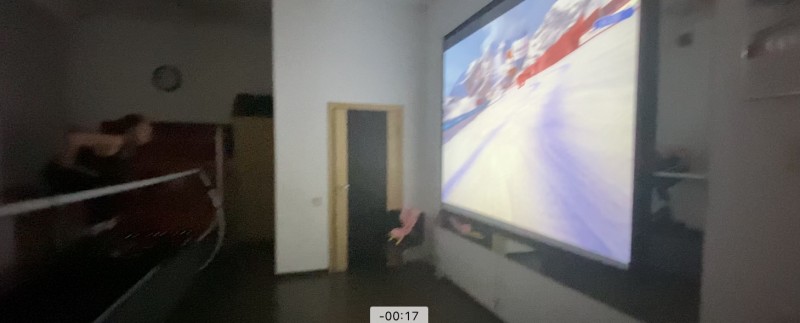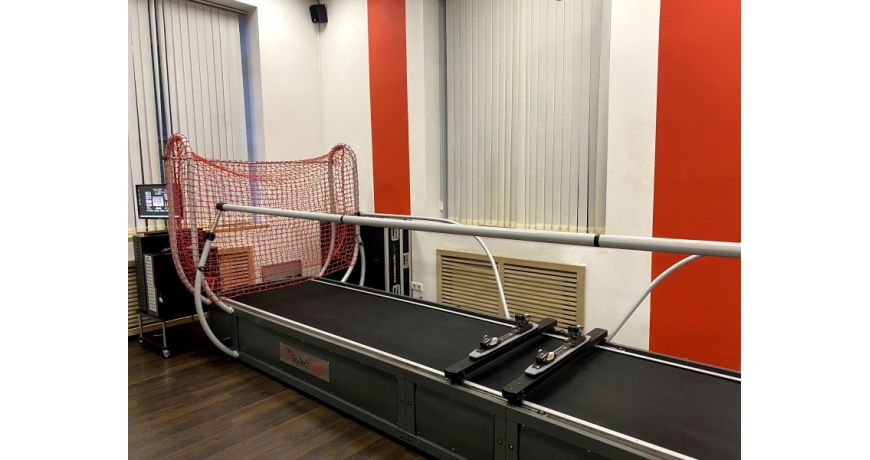SKYTECHSPORT ski simulatorThe advent of ski simulators is a revolution in professional sports and a unique opportunity to hone your technique in the off-season. Athletes of national ski teams confirm the similarity of the biomechanics of training with skiing in the mountains. Simulators help to hone some professional skills, including those necessary in giant slalom and downhill, train balance, learn to evenly transfer the center of mass and distribute the load along the axis of the body: shoulder girdle, spine, hips and legs, and in general restore unbalanced body functions and synchronize the work of its individual parts.
In addition, this is a good option for strength training, an alternative to exercising in the gym. Since the load falls to one degree or another on all the muscles involved in alpine skiing, training on SKYTECH can be considered as a variant of functional training. The full use of the simulator is a whole set of exercises aimed at improving physical qualities, motor abilities, developing coordination and speed, plasticity and endurance. The action of the simulator is aimed at a complex effect, the whole body is involved in the work, the entire muscular system is trained in a single bundle, which allows you to pump even various inactive muscles, develop poorly used muscle layers, and build muscle mass in the necessary regions. Here we can talk not only about the aesthetics of the body, but also the formation of proper healthy mobility, as well as the prevention of injuries in the future in a real slope.

The presence of a built-in design mode on the screen of ski slopes and tracks projected from real ones, as well as their variations according to gradation in full compliance with accepted international FIS requirements. The program makes it possible to choose an existing downhill, slalom, giant slalom, and super-slalom course, moreover, tied to the terrain of a specific slope of the SLC in different countries, and also allows you to place poles in a random order, changing the distances between the gates, elevation changes and the number of gates on the track, which helps to develop key sports indicators, as well as the necessary amateur skills, such as, for example, range of motion, timing, coordination and reaction speed, and others.

 English
English  Русский
Русский O`zbek tili
O`zbek tili
